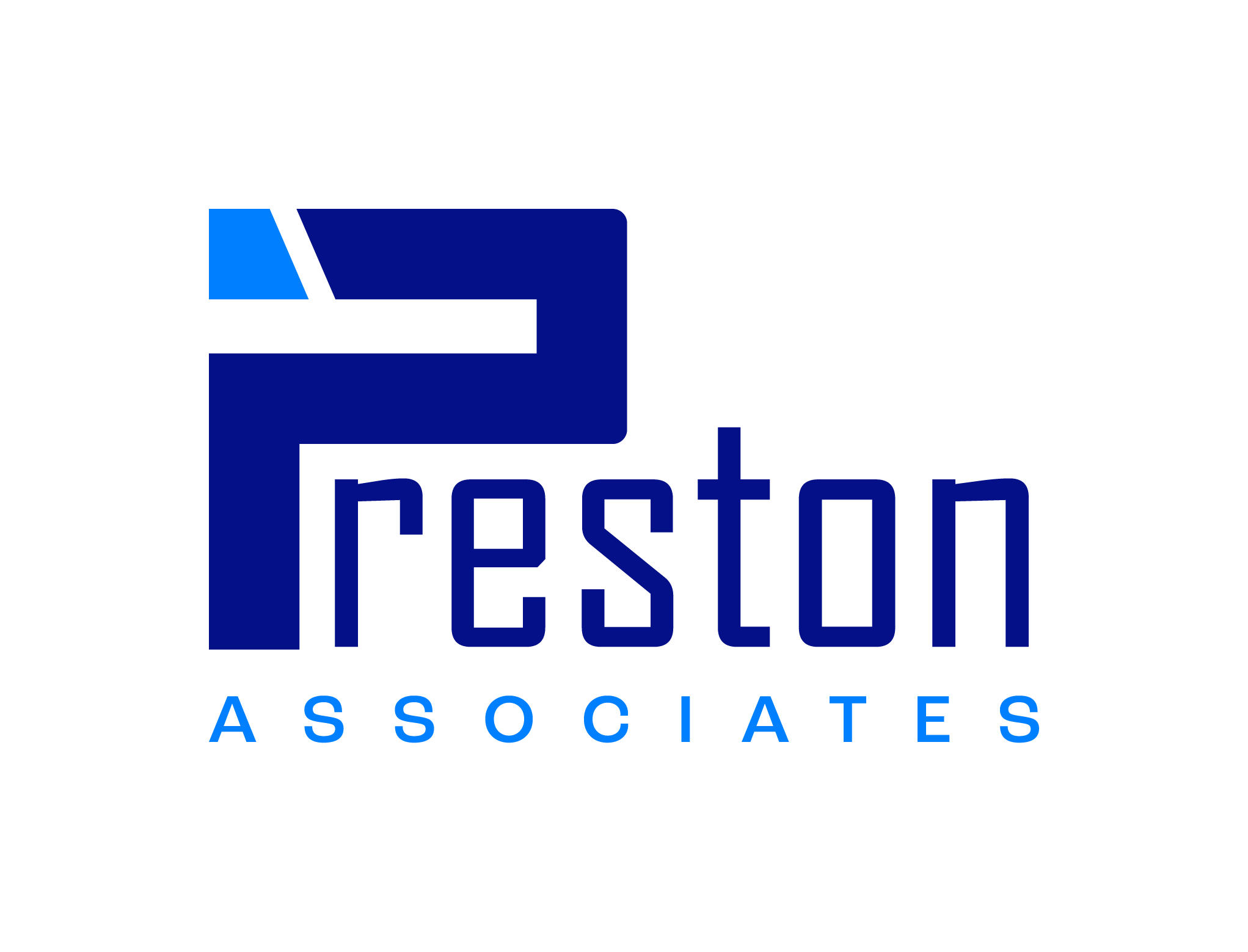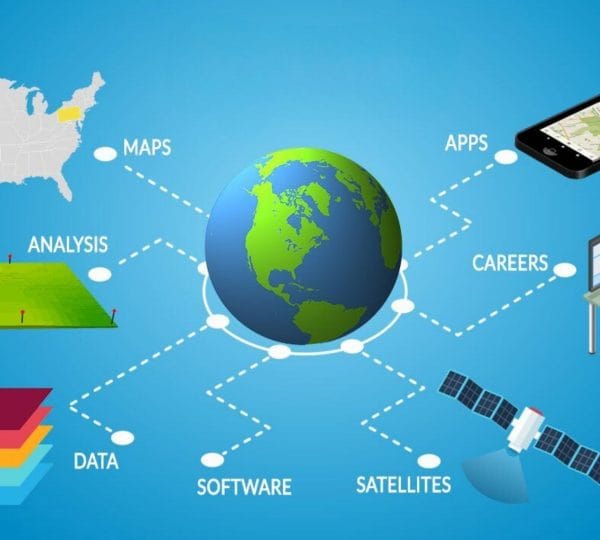
Through Informed Data




Through Informed Data




Through Informed Data



At Preston Associates, our mission is rooted in the power of data to . lives totally across Africa.
As authorities in data gathering, analysis and insights, we shape narratives that drive meaningful impact for communities.
People are at the heart of our work. With empathy, we seek to deeply understand the human experiences behind the data. This allows us to present clarity from complexity – turning numbers into narratives that resonate.

Our Services
Integrity guides our every action. We adhere to the highest ethical standards, building trust through transparency, accuracy and respect for the individuals represented in the data.

Monitoring, Evaluation, Accountability and Learning
– Third Party Monitoring
– Impact Assessment
– KPI Monitoring
– Program Evaluation (Baseline, Midline, Endline)

Research
– Formative Research
– Implementation Research
– Market Research (Survey)

Data Management
– Data Collection
– Data Processing
– Data Analysis and Visualization
– Data Literacy Workshop
– Data Security

Costing (One Health Tool)
– Scenerio Setting
– Intervention Costing
– Forecasting

System Strengthening
– Capacity Building
– Organizational Assessment
– Leadership Development
Projects
Completed
Research
Conducted
organised Data Collated
1 Top Tier Data Solution Software
Consultants across the globe
in-country data enumerators
Our Clients & Partners
Our clients and partners include international and domestic non-governmental organizations, national and state level government agencies/parastatals, as well as, bilateral and multilateral organizations.



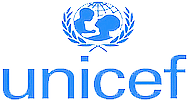


















Testimonials



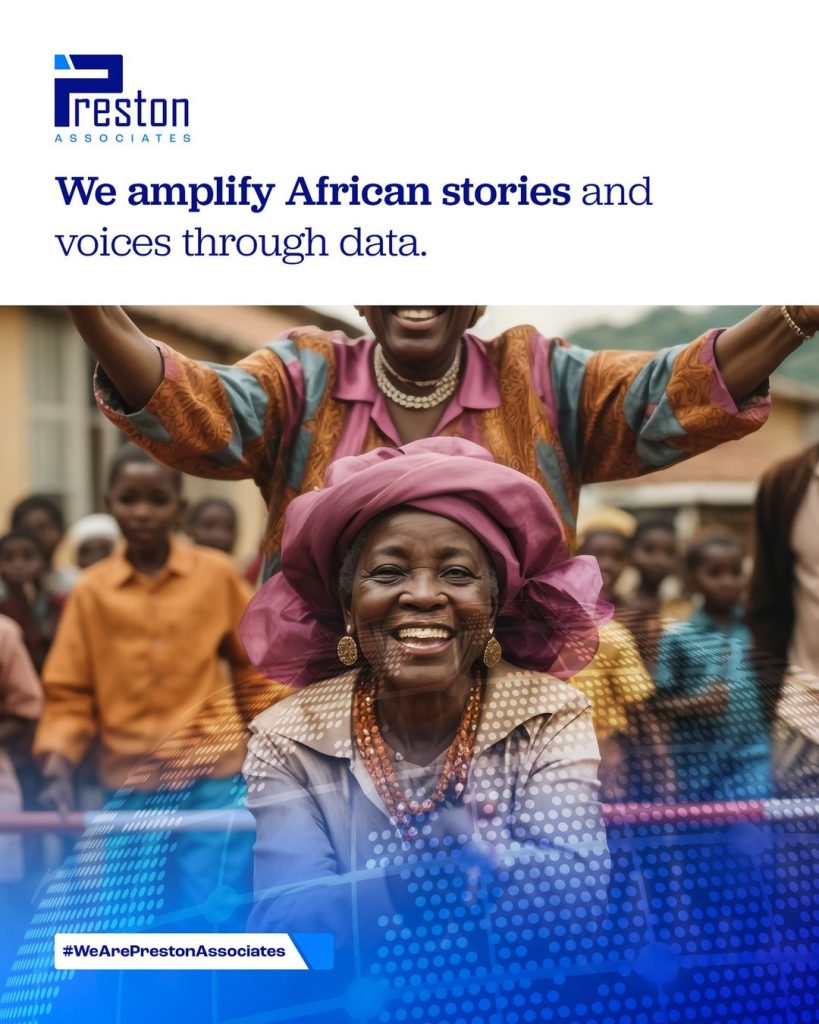
Latest Videos and Podcast.
Latest News and Blog.
Join our team of
professionals providing ACCESS
through data.
We are committed to enhancing development outcomes in Africa, especially in health, governance, education, gender, child and youth development.
Contact Us
Get in touch
Connect with us
Work hours:
Monday – Friday
9 am to 5 pm GMT
